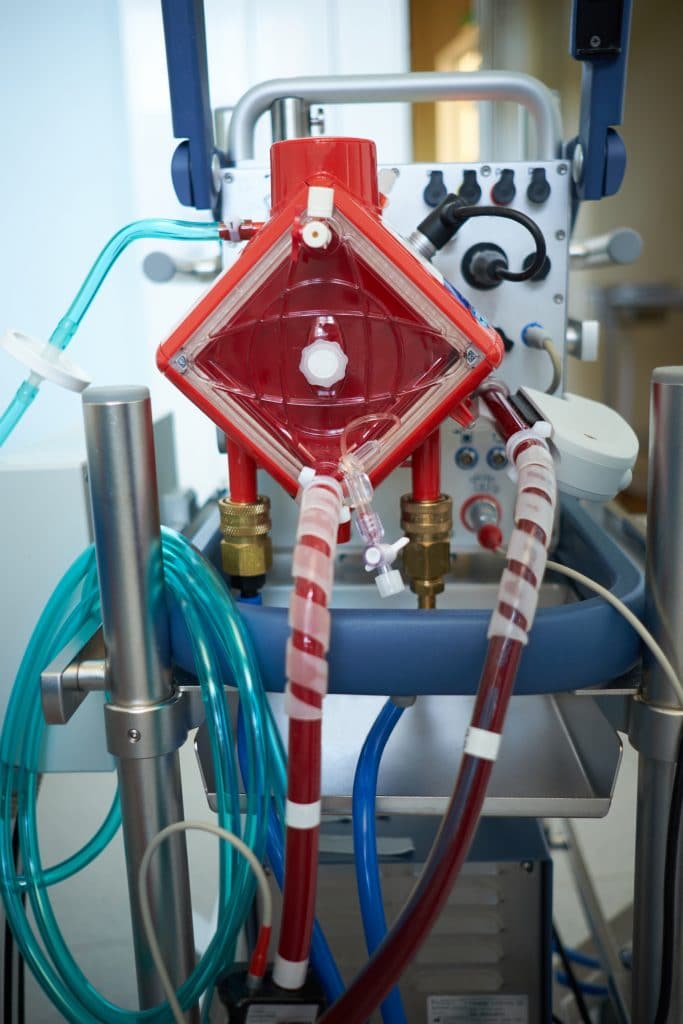Measures of Anticoagulation and Coagulopathy in Pediatric Cardiac Extracorporeal Membrane Oxygenation Patients

Introduction
Pediatric cardiac Extracorporeal Membrane Oxygenation (ECMO) is effective, however, bleeding and clotting issues continue to cause significant morbidity and mortality. The objective of this study was to assess the correlation between measures of anticoagulation, the heparin dose in pediatric cardiac ECMO patients as well as to assess covert coagulopathy as measured by thromboelastography (TEG).
Methods
Retrospective study of cardiac ECMO patients in a large, academic referral center using anticoagulation data during the ECMO support.
Results
Five hundred and eighty-four sets of anticoagulation tests and 343 TEG from 100 patients with median age of 26 days were reviewed. ECMO was post-surgical for congenital heart disease in 94% with resuscitation (ECPR) in 38% of the cases. Mean duration of support was 6.3 days. Overall survival to discharge was 35%. There was low but statistically significant correlation between individual anticoagulation measures and low correlation between Anti-Xa levels and heparin dose. There was no correlation between PTT and heparin dose. 343 TEG with Heparinase were reviewed to assess covert coagulopathy which was present in 25% of these. The coagulopathy noted was pro-hemorrhagic in almost all of the cases with high values of reaction time and kinetics and low values for angle and maximum amplitude.
Conclusion
Coagulation monitoring on ECMO may benefit from addition of Heparinase TEG to diagnose covert coagulopathy which can contribute to significant hemorrhagic complications. There is a need for a prospective, thromboelastography guided intervention trial to reduce coagulopathy related morbidity and mortality in ECMO.
